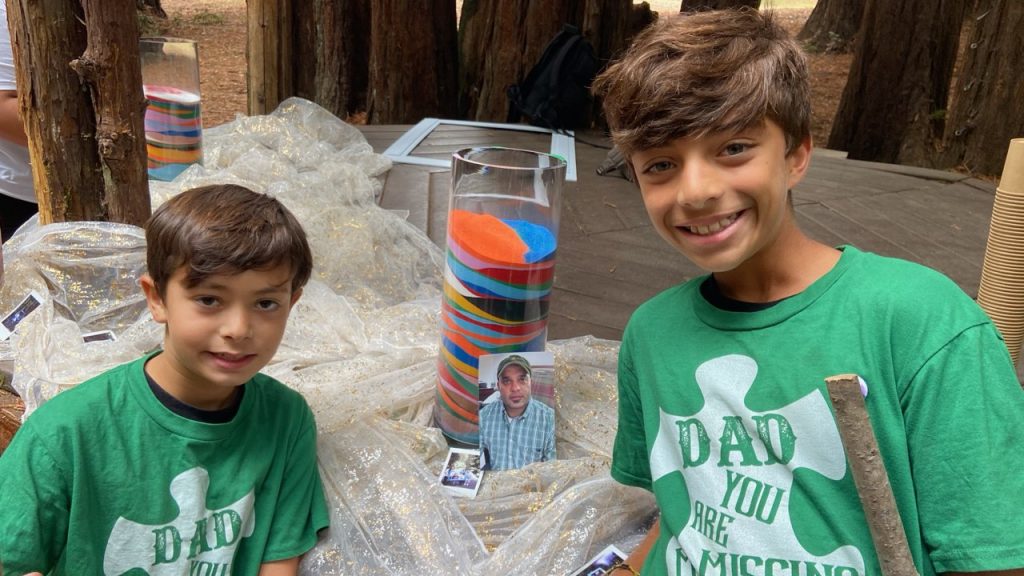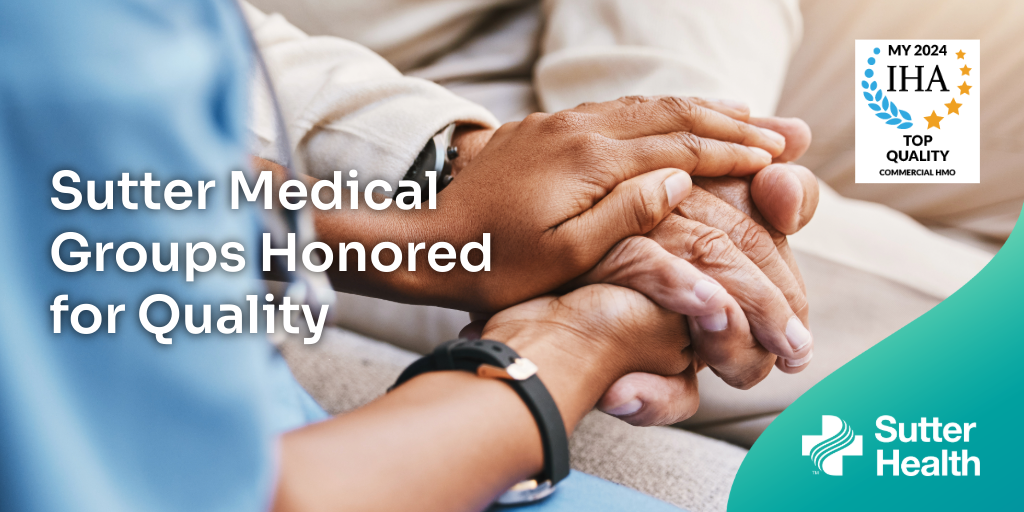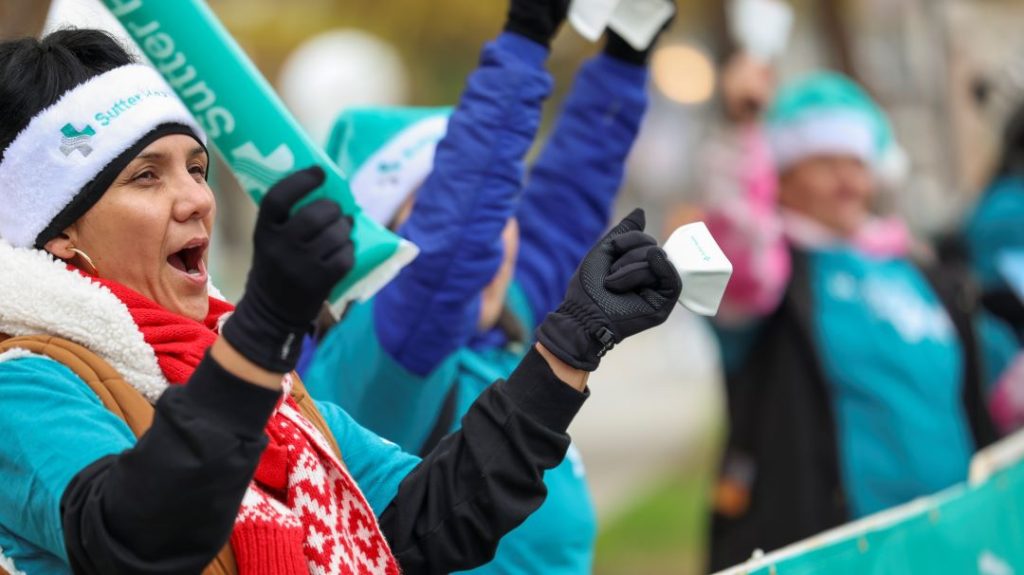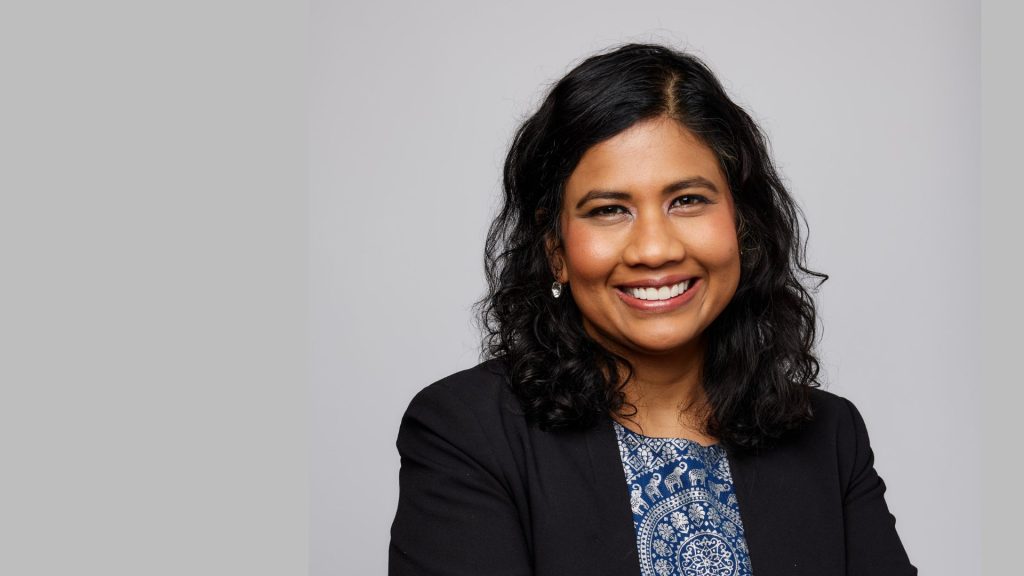The 2025 Clinical Pastoral Education graduating class at Sutter Medical Center, Sacramento was celebrated along with the honoring of a remarkable milestone of 50 years of chaplaincy education at the hospital.
Since 1959, Sutter Medical Center, Sacramento has embraced the healing presence of chaplains. By the 1970s, the chaplaincy training program began and became certified by the Association for Clinical Pastoral Education, now known simply as the ACPE, marking a significant step in professionalizing Sutter’s spiritual care. Since 1974, more than 250 chaplains have graduated from Sutter Medical Center, Sacramento and Sutter Roseville Medical Center’s Clinical Pastoral Education program.
“Chaplains are a steady presence in a storm,” said Gerald Jones, Sutter Health’s director of spiritual care. “Their quiet strength and willingness to enter a patient’s story without judgment enhances the healing process.”
On Aug. 14, Sutter Medical Center celebrated 50 years of chaplaincy education. This milestone honors the legacy of compassionate care and welcomed four new graduates of its Clinical Pastoral Education program, while preparing to support six incoming residents. Currently, chaplain residency programs are available at California Pacific Medical Center, Sutter Medical Center and Sutter Roseville. With strong support from Sutter Health leadership, the chaplaincy education program is expanding systemwide, aiming to bring regular spiritual care to every hospital in the network.
The Path to Chaplaincy
Becoming a board-certified chaplain is a profound commitment, Jones said. The Sutter Clinical Pastoral Education program requires an undergraduate degree at minimum and gives preference to students who have completed their master’s degrees. Then the training requires a minimum of 1,000 hours of clinical practice and 400 hours of education and peer group work, with a total of 1,600 training hours to complete an ACPE residency. In the training, chaplain residents round with nurses and clinicians and are called upon during emergencies, 24/7, to come alongside patients in their most vulnerable moments — offering presence, comfort and healing, even in their final hours.
What You May Not Know About Chaplains
Chaplaincy is rooted in spirituality, not religion. While a patient’s spirituality may include religious beliefs, it can also mean a connection to something greater than oneself. Chaplains study a wide range of faiths, cultures and belief systems to provide inclusive, personalized care. They serve as therapists, companions, advocates and spiritual guides to meet patients wherever they are, Jones said.

From left to right: Allen O’Brien, spiritual care counselor; Dale Swan, chaplain; Kate Kennedy, manager of spiritual care; Gerald Jones, director of spiritual care.
Chaplaincy is dynamic, collaborative and deeply relational. At Sutter Health, chaplains speak English and many also speak other languages like Spanish, Russian, Hmong, Tagalog, Italian and other languages to ensure culturally and linguistically appropriate care. They are from different religious and spiritual traditions, and they collaborate with medical teams to provide insight into patients’ spiritual and cultural needs, helping deliver truly whole-person care.
“At Sutter Medical Center, Sacramento, our chaplains are here not only for patients and families, but also for our care teams,” said Spiritual Care Manager Kate Kennedy. “One meaningful example is our participation in Team Lavender — a supportive initiative originally developed in Cleveland and now embraced across healthcare systems nationwide. At Sutter Medical Center, we’ve adapted it to provide emotional and spiritual care to staff following difficult or distressing events. We also offer practices like the Blessing of Hands to honor and uplift our caregivers.”
“Chaplains offer space for grief, resilience and healing, reinforcing that care extends beyond the bedside for both our patients and our people,” Kennedy added.
The Importance of Chaplains
Chaplaincy is more than a service; it’s a commitment to being present for others in their most vulnerable moments. At Sutter Health, this quiet, unwavering support is a cornerstone of whole-person care, Jones said. Chaplains meet patients and staff with compassion, humility and presence — offering healing through connection.
“It’s OK to say, ‘I don’t know’ when a patient asks about something as complex as eternal life,” Jones said. “You can say, ‘I don’t know, but I’m here with you while we figure it out together.’ It’s about being present, being human and being a person in the process of just being.”
In that presence, healing begins — and hope endures, he said.
Chaplains’ work is a living example of Sutter Health’s commitment to whole-person care — where people come first, and every patient is met with dignity and compassion.





